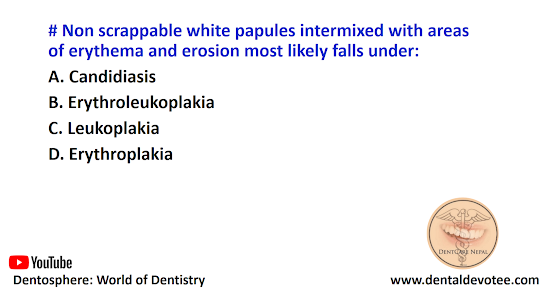# Least invasive way to treat the fracture of edentulous mandible is:
A. External splint fixation
B. Open reduction with transosseous wire ligation
C. Percutaneous intramedullary pinning
D. Gunning splint
The correct answer is D. Gunning Splint.
Treating edentulous mandibular fracture is difficult in elderly patients due to compromised medical condition of the patient and various contraindications for the surgical approach. The complication rate of infection or malunion is higher compared to fractures in younger, dentulous patients. For such conditions, ‘Gunning splint’ is a better option as it provides close reduction and stabilization of mandibular fracture, thus improving the prognosis.
A Gunning splint is a type of orthopedic splint that can be used to immobilize and support the mandible. It is typically made of a rigid material, such as metal or plastic, and is shaped to fit around the mandible. The splint is named after William Gunning, who is credited with developing the design in the 19th century. Gunning splints are typically used to treat injuries or conditions that affect the mandible, such as fractures, sprains, or strains. They are also used to support and stabilize the mandible following surgery. The splint is typically attached to the mandible using wires or bands that are passed through holes in the splint and secured to the teeth or gums. The splint is then tightened to hold the mandible in place.





















